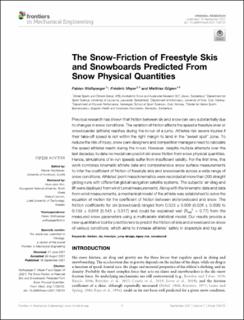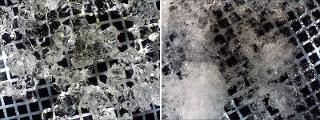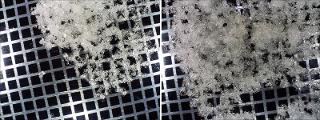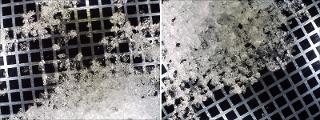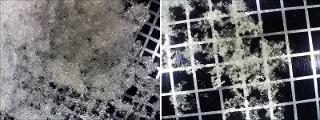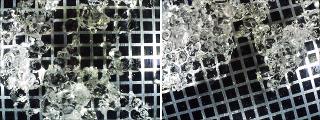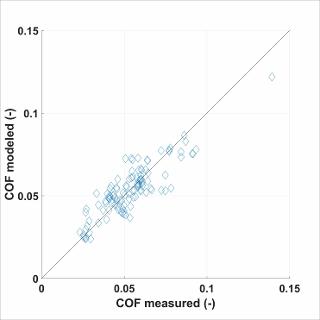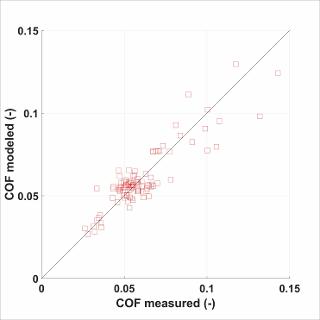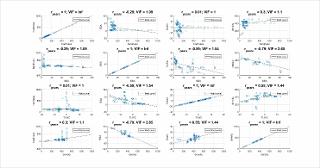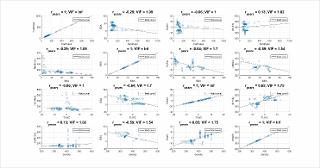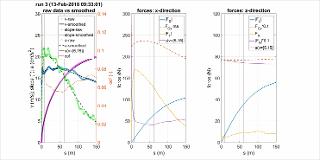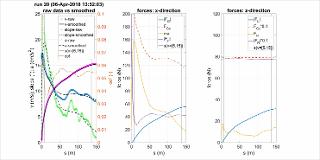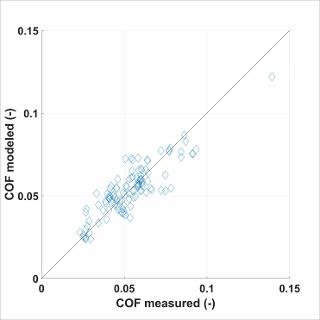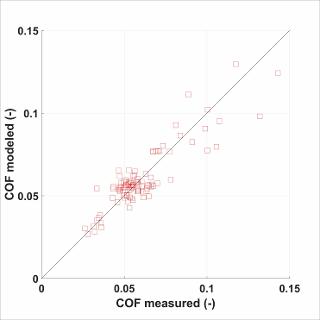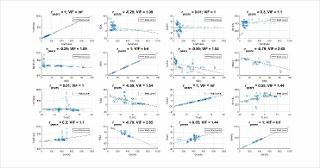| dc.contributor.author | Wolfsperger, Fabian | |
| dc.contributor.author | Gilgien, Matthias | |
| dc.contributor.author | Meyer, Frédéric | |
| dc.date.accessioned | 2022-03-10T14:15:30Z | |
| dc.date.available | 2022-03-10T14:15:30Z | |
| dc.date.created | 2021-11-17T09:47:45Z | |
| dc.date.issued | 2021 | |
| dc.identifier.citation | Frontiers in Mechanical Engineering. 2021, 7(2021), Artikkel 728722. | en_US |
| dc.identifier.issn | 2297-3079 | |
| dc.identifier.uri | https://hdl.handle.net/11250/2984350 | |
| dc.description | This is an open-access article distributed under the terms of the Creative Commons Attribution License (CC BY). The use, distribution or reproduction in other forums is permitted, provided the original author(s) and the copyright owner(s) are credited and that the original publication in this journal is cited, in accordance with accepted academic practice. No use, distribution or reproduction is permitted which does not comply with these terms. | en_US |
| dc.description.abstract | Previous research has shown that friction between ski and snow can vary substantially due to changes in snow conditions. The variation of friction affects the speed a freestyle skier or snowboarder (athlete) reaches during the in-run of a jump. Athletes risk severe injuries if their take-off speed is not within the right margin to land in the “sweet spot” zone. To reduce the risk of injury, snow park designers and competition managers need to calculate the speed athletes reach during the in-run. However, despite multiple attempts over the last decades, to date no model can predict ski-snow friction from snow physical quantities. Hence, simulations of in-run speeds suffer from insufficient validity. For the first time, this work combines kinematic athlete data and comprehensive snow surface measurements to infer the coefficient of friction of freestyle skis and snowboards across a wide range of snow conditions. Athletes’ point mass kinematics were recorded at more than 200 straight gliding runs with differential global navigation satellite systems. The subjects’ air drag and lift were deployed from wind tunnel measurements. Along with the kinematic data and data from wind measurements, a mechanical model of the athlete was established to solve the equation of motion for the coefficient of friction between ski/snowboard and snow. The friction coefficients for ski (snowboard) ranged from 0.023 ± 0.006 (0.026 ± 0.008) to 0.139 ± 0.018 (0.143 ± 0.017) and could be explained well (Radj2 = 0.77) from the measured snow parameters using a multivariate statistical model. Our results provide a new quantitative tool for practitioners to predict the friction of skis and snowboard on snow of various conditions, which aims to increase athletes’ safety in slopestyle and big air. | en_US |
| dc.language.iso | eng | en_US |
| dc.subject | freestyle | en_US |
| dc.subject | friction | en_US |
| dc.subject | injury risk | en_US |
| dc.subject | jump design | en_US |
| dc.subject | ski | en_US |
| dc.subject | snowboard | en_US |
| dc.title | The snow-friction of freestyle skis and snowboards predicted from snow physical quantities | en_US |
| dc.type | Peer reviewed | en_US |
| dc.type | Journal article | en_US |
| dc.description.version | publishedVersion | en_US |
| dc.rights.holder | © 2021 Wolfsperger, Meyer and Gilgien | en_US |
| dc.source.pagenumber | 18 | en_US |
| dc.source.volume | 7 | en_US |
| dc.source.journal | Frontiers in Mechanical Engineering | en_US |
| dc.identifier.doi | 10.3389/fmech.2021.728722 | |
| dc.identifier.cristin | 1955424 | |
| dc.relation.project | Norges forskningsråd: 270791 | en_US |
| dc.description.localcode | Institutt for fysisk prestasjonsevne / Department of Physical Performance | en_US |
| cristin.ispublished | true | |
| cristin.fulltext | original | |
| cristin.qualitycode | 1 | |
